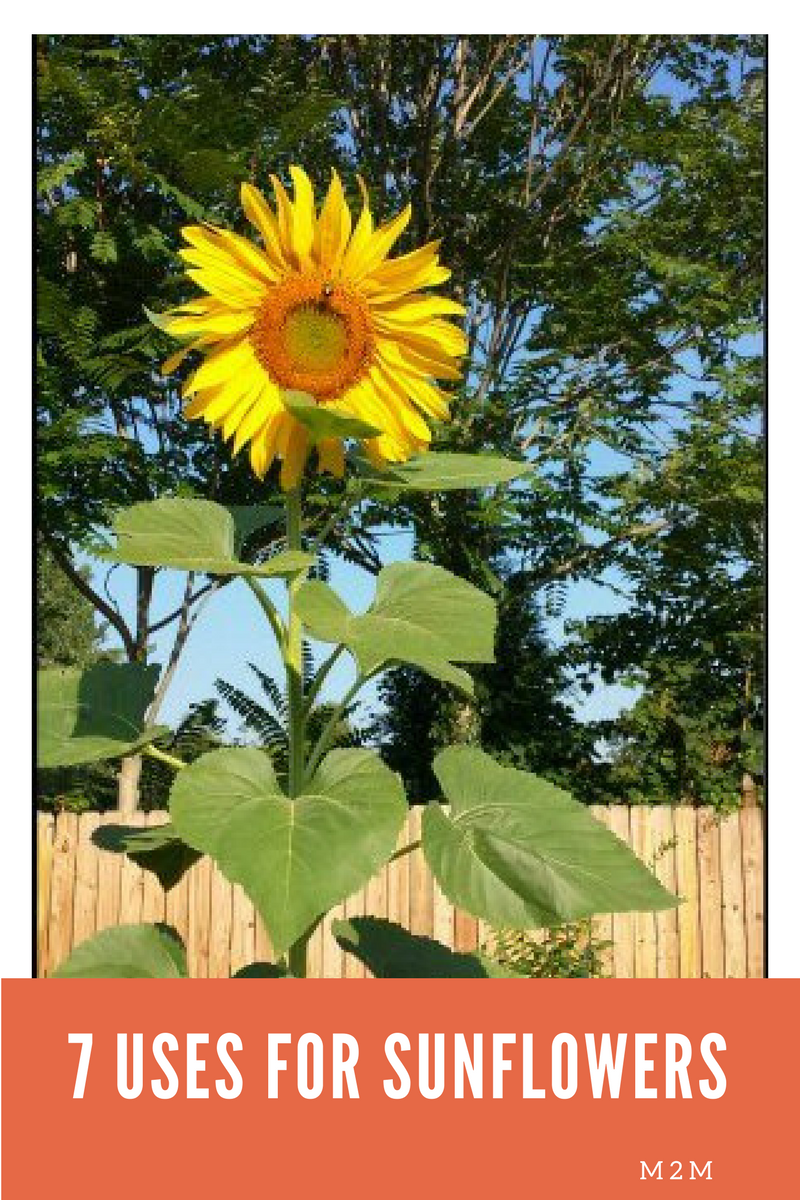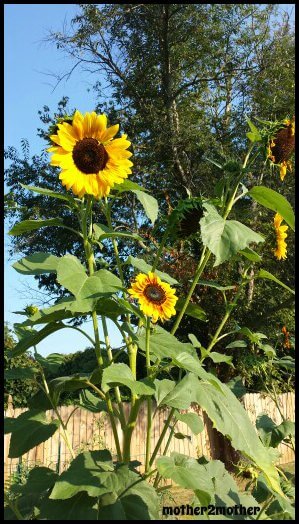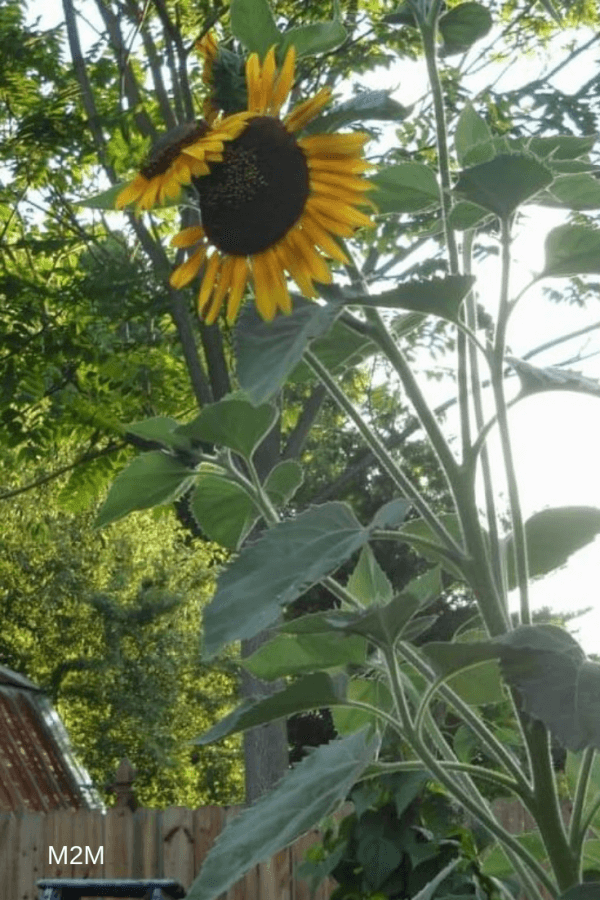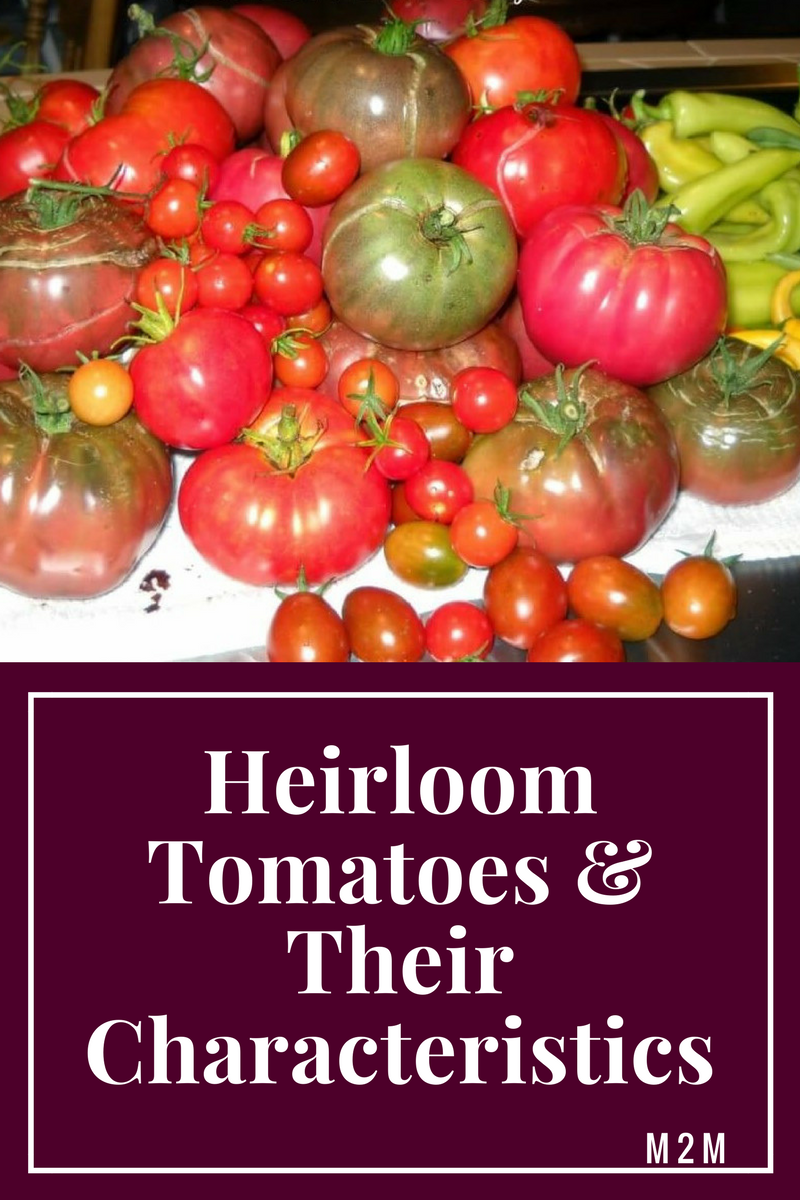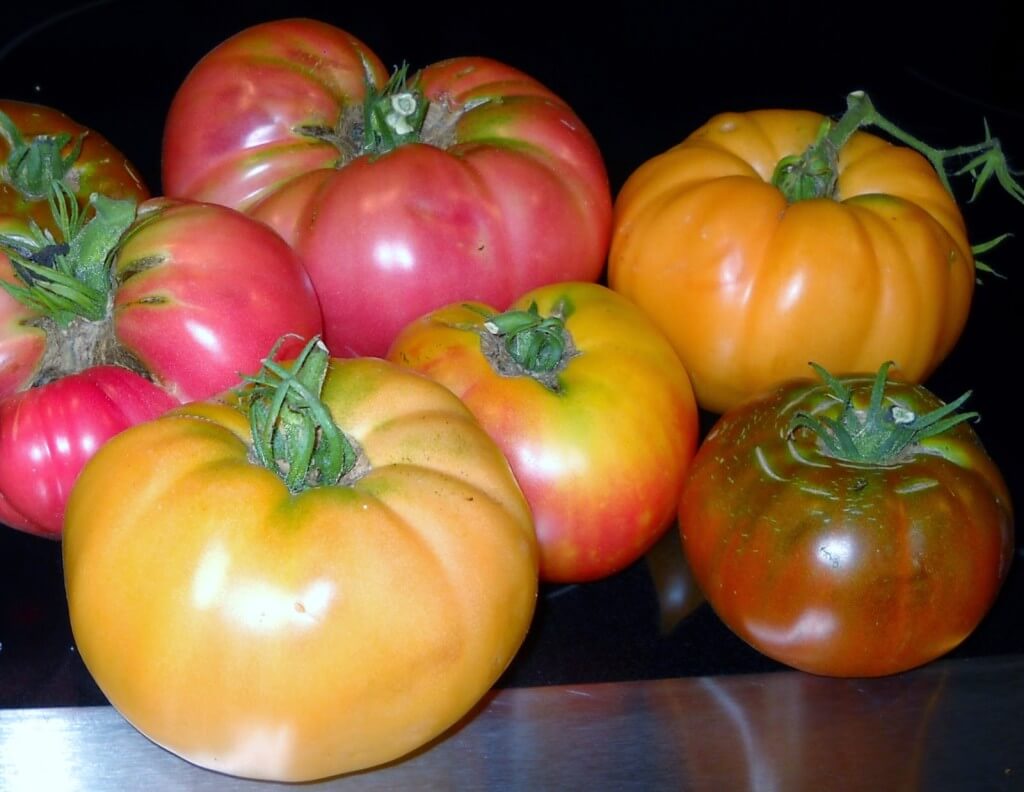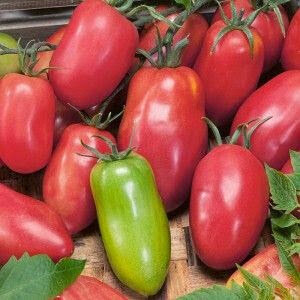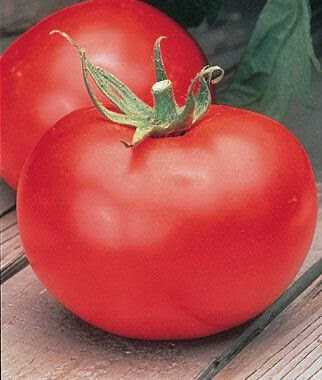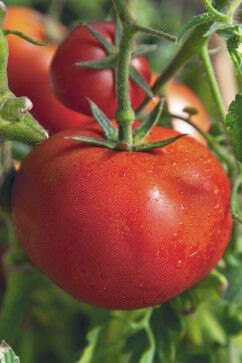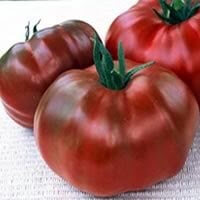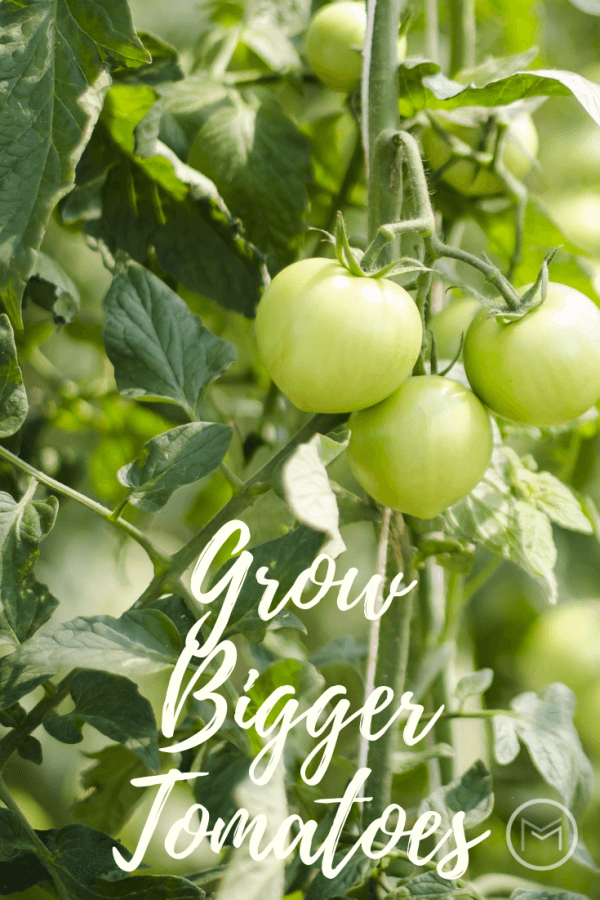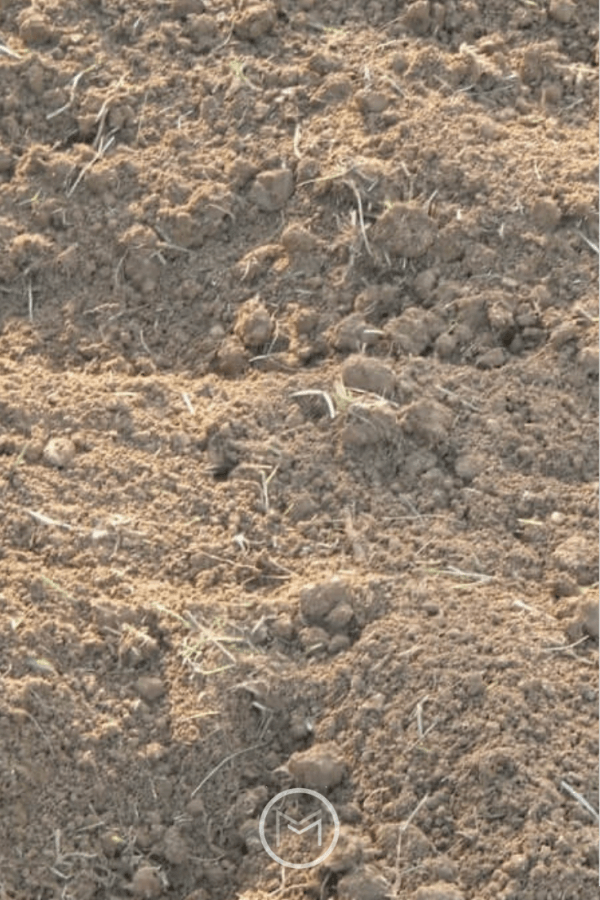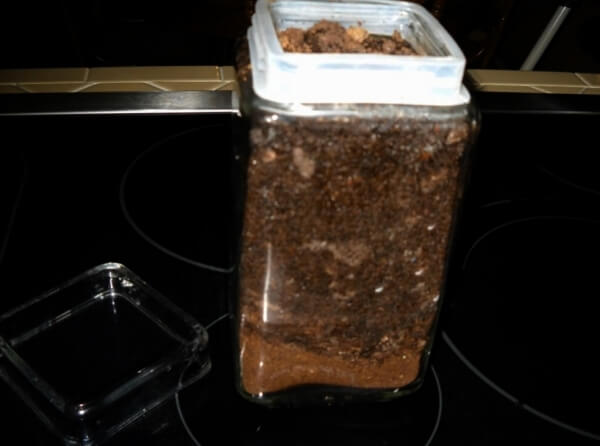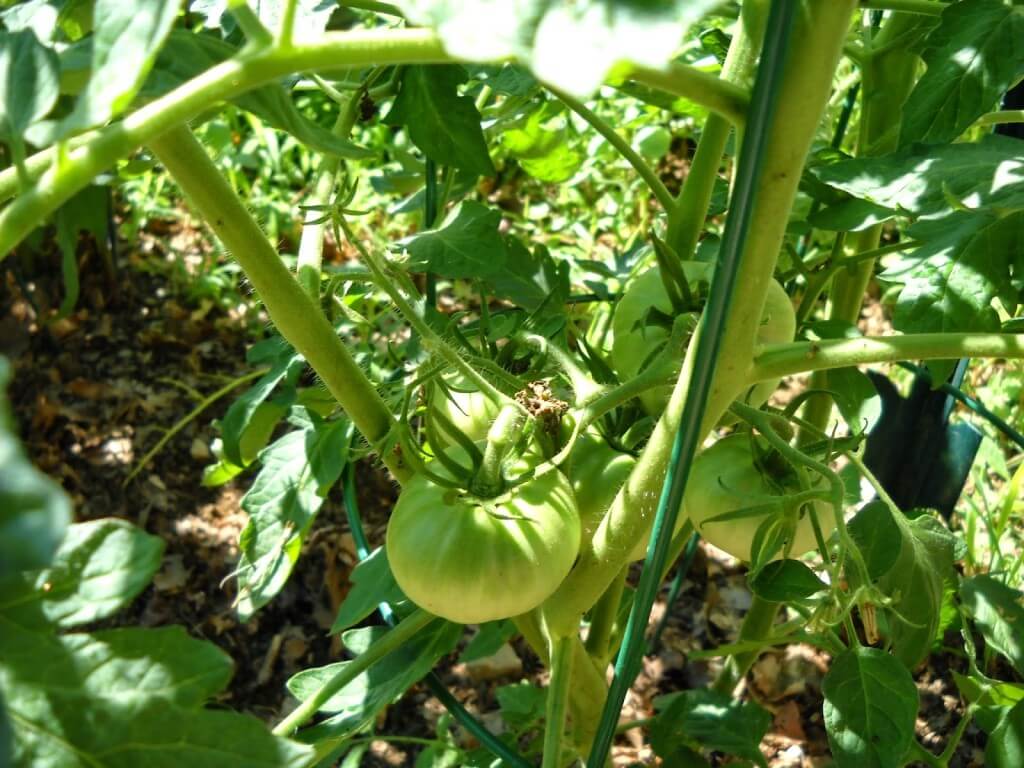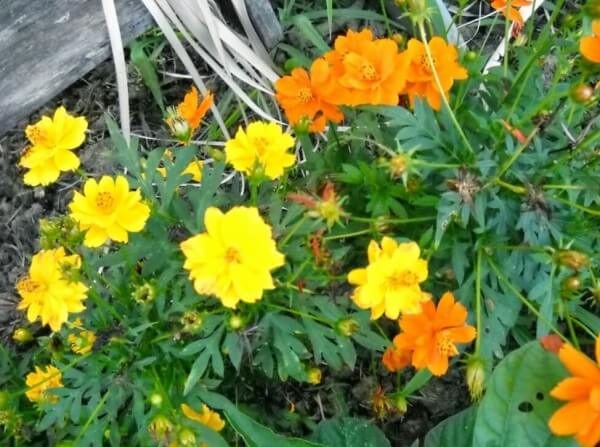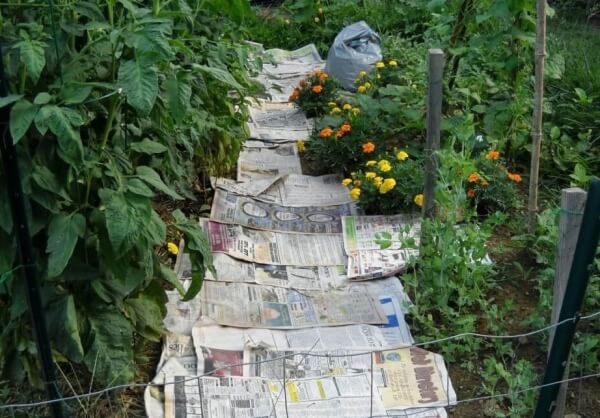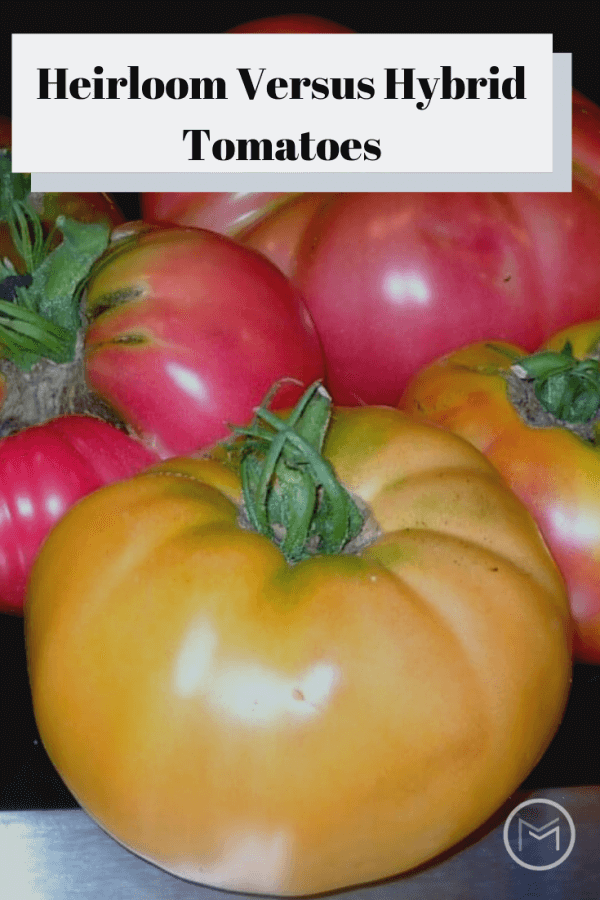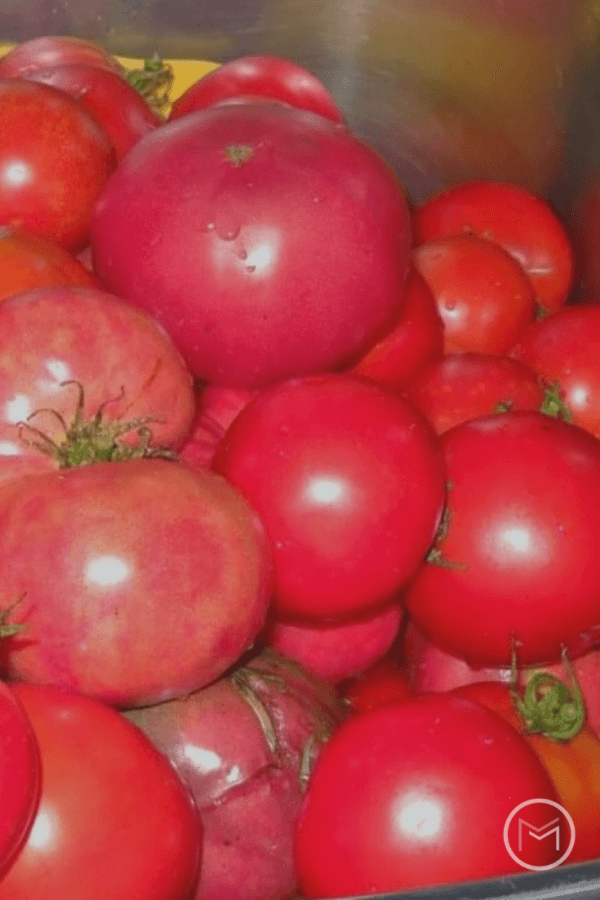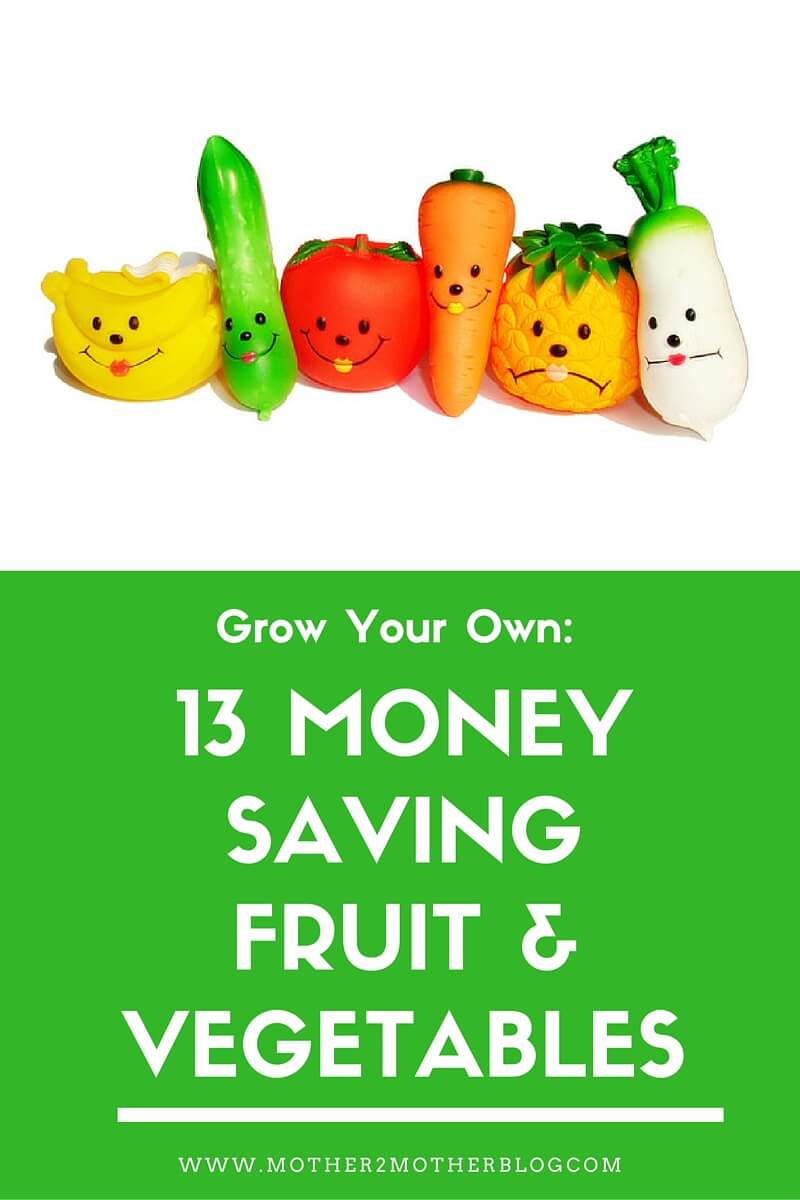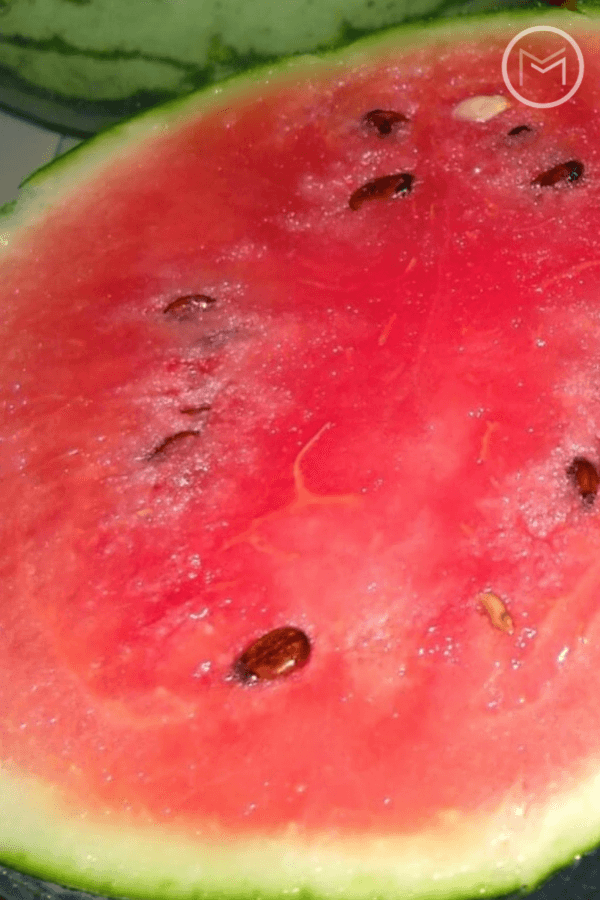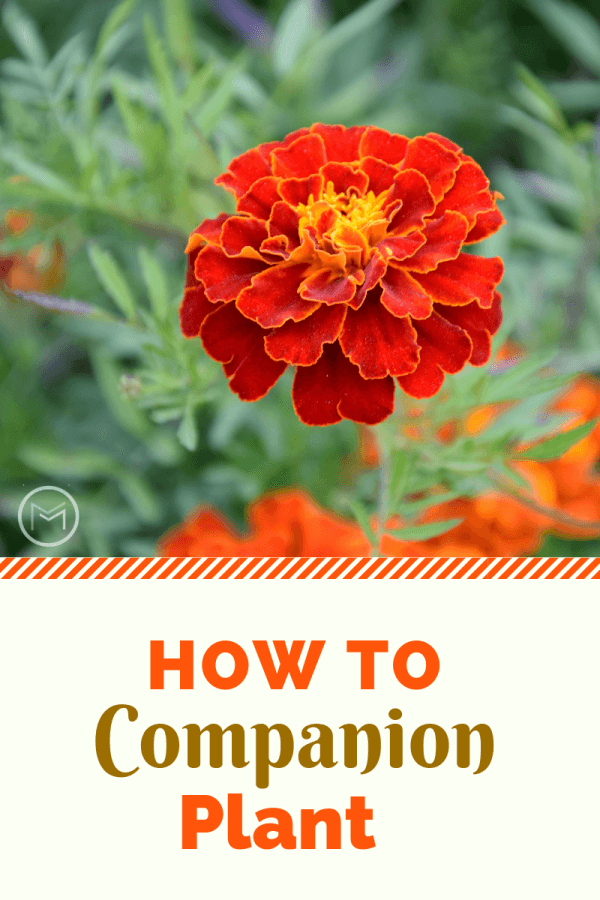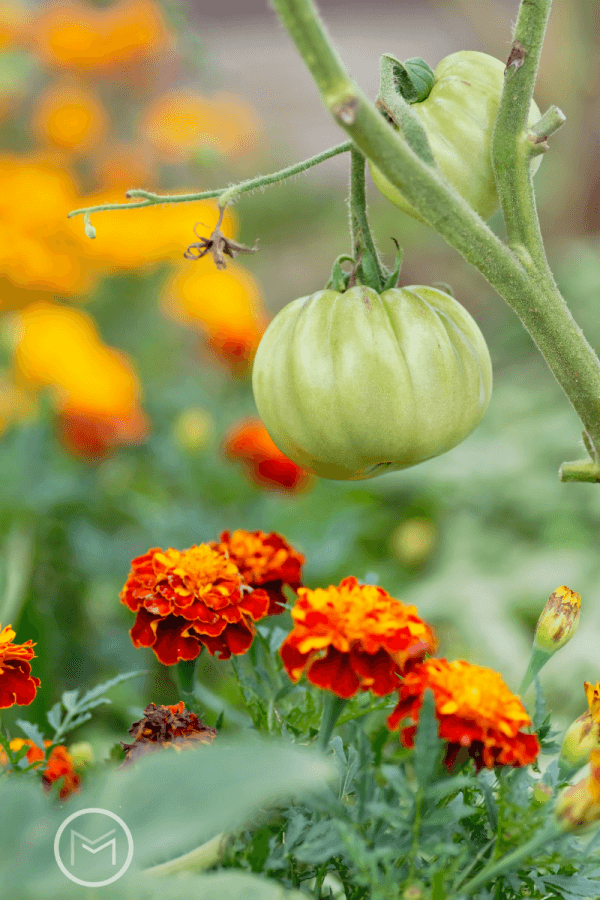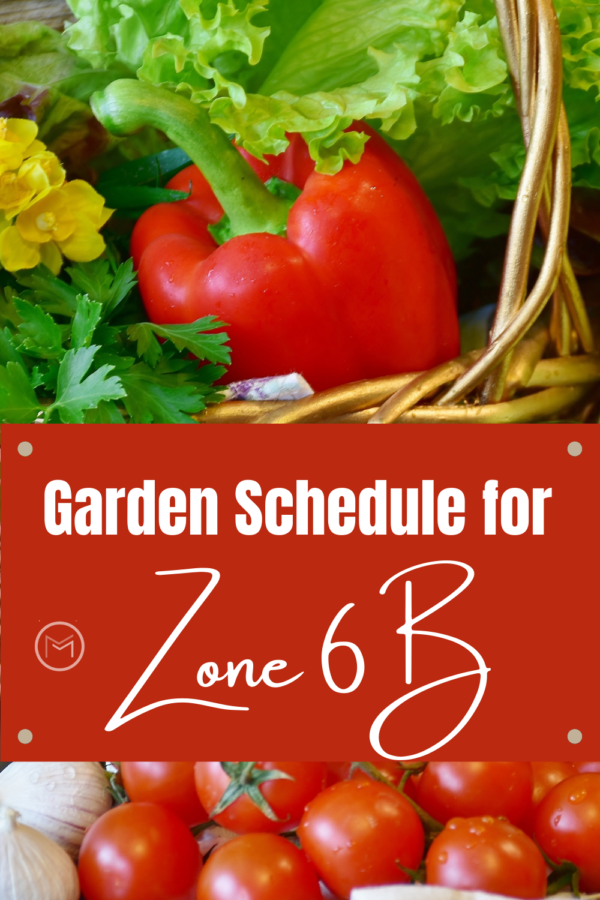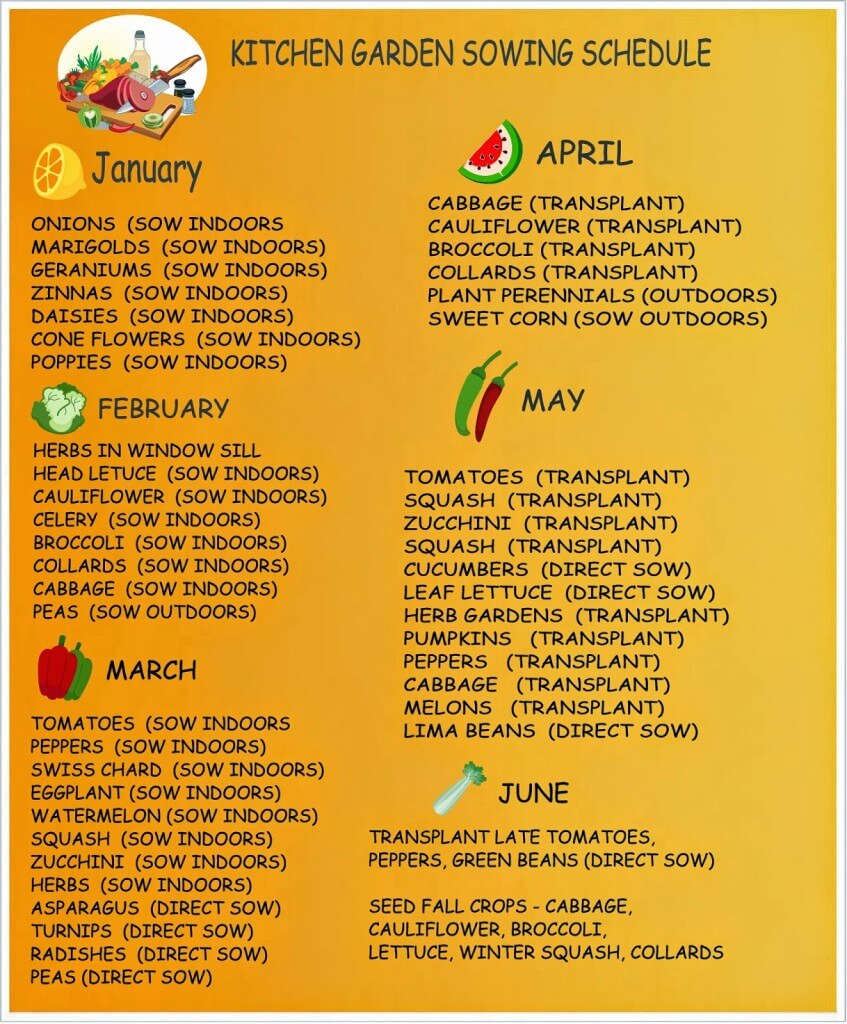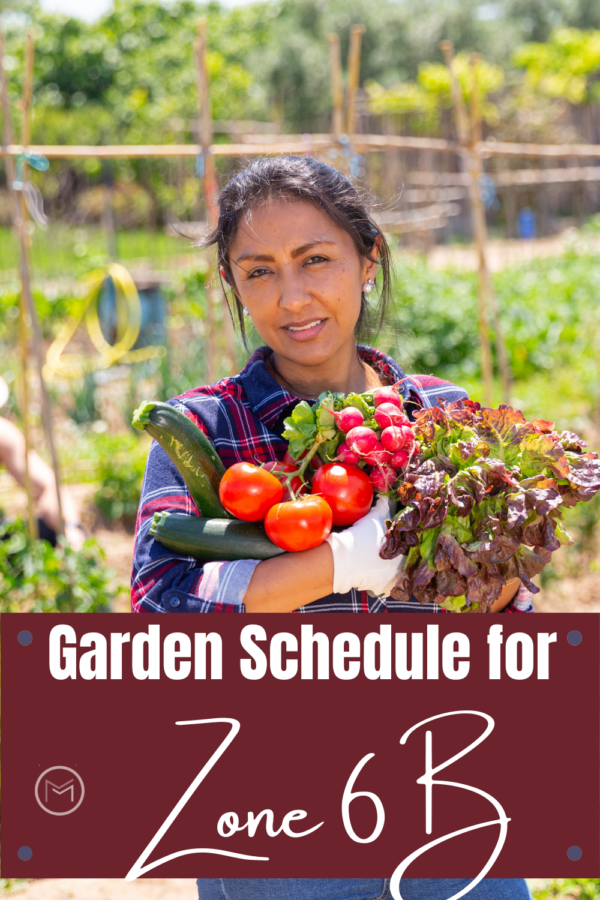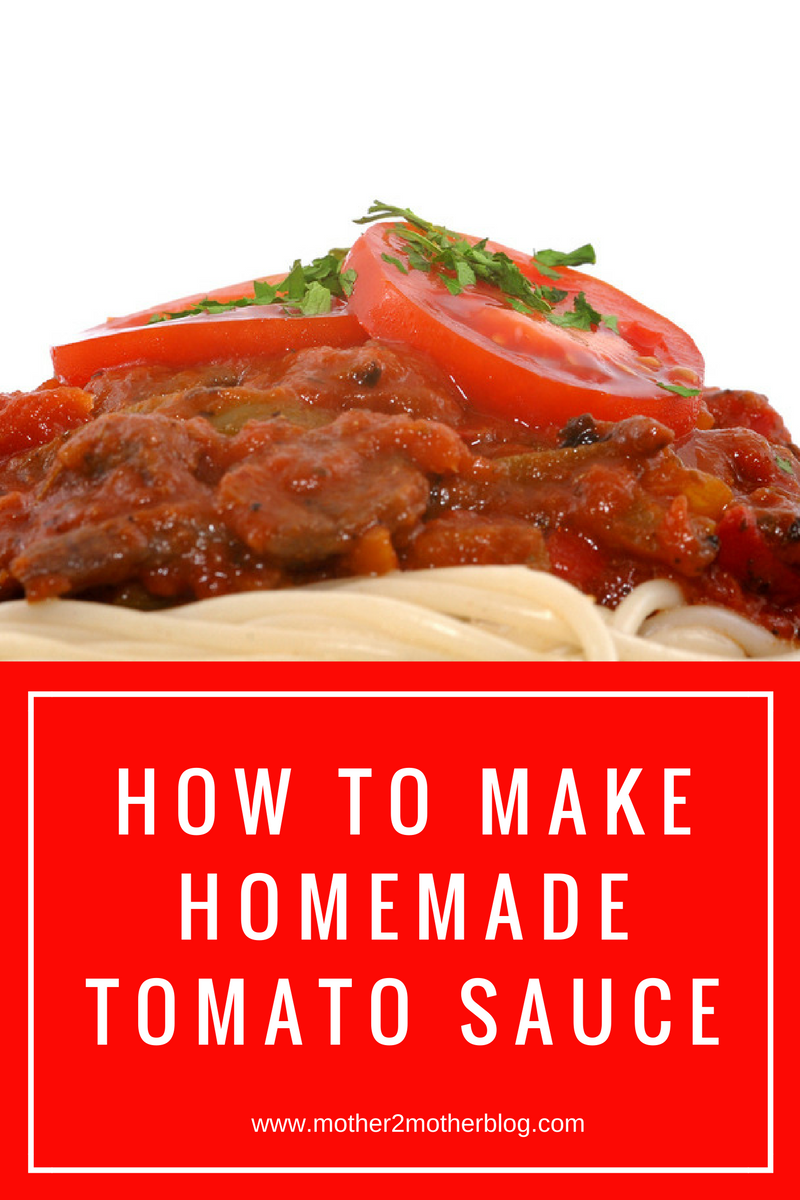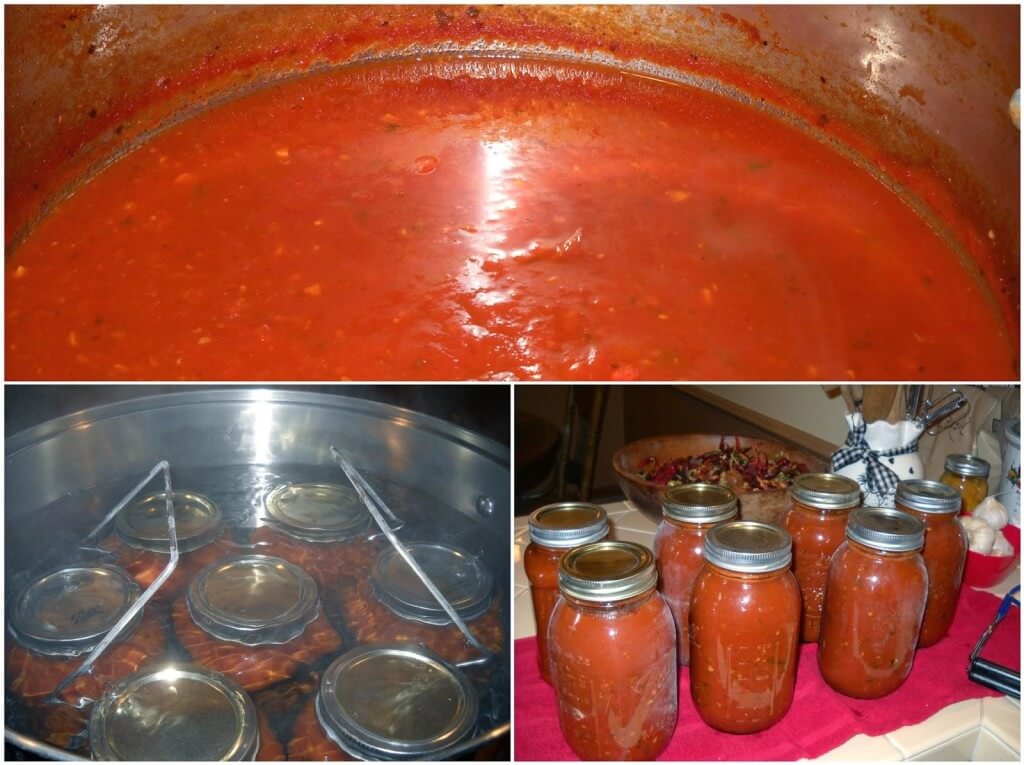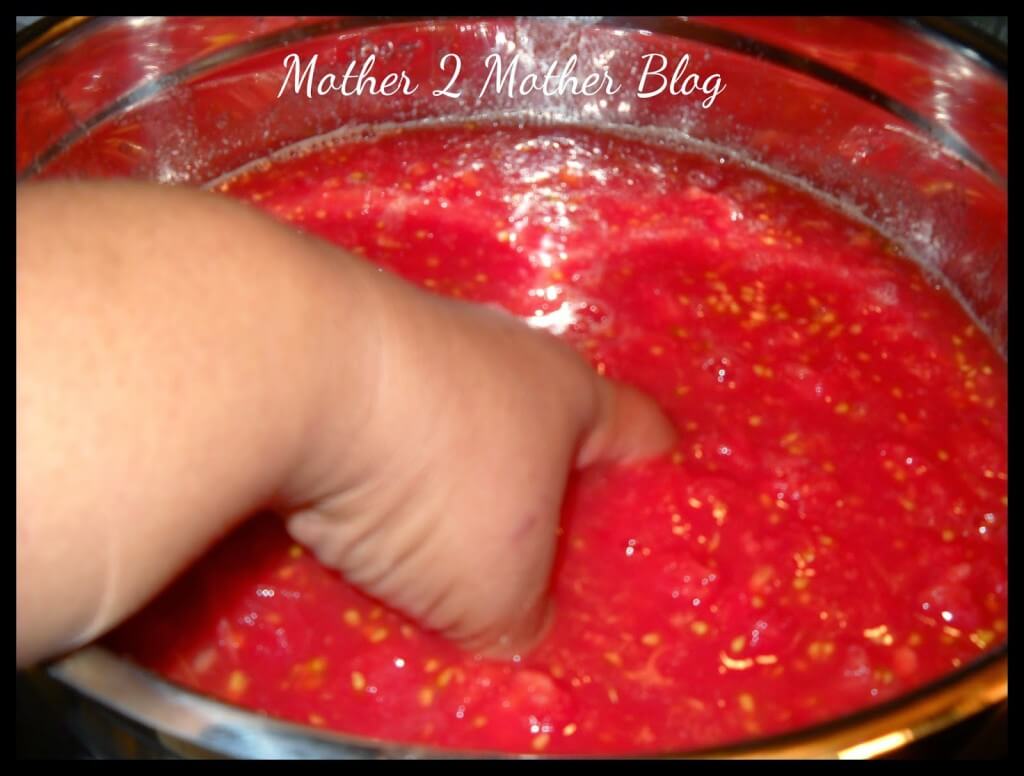Are you wondering how to plant garlic in your backyard garden. Planting garlic in your backyard vegetable garden will give you a reward for sauce, salsa and more. Today, I’m sharing gardening tips on how to plant garlic in your backyard garden. You see I planted garlic last year and had no success. So, I decided to try again in the fall. Look at the nice healthy garlic plants that I harvested from my backyard kitchen garden below.
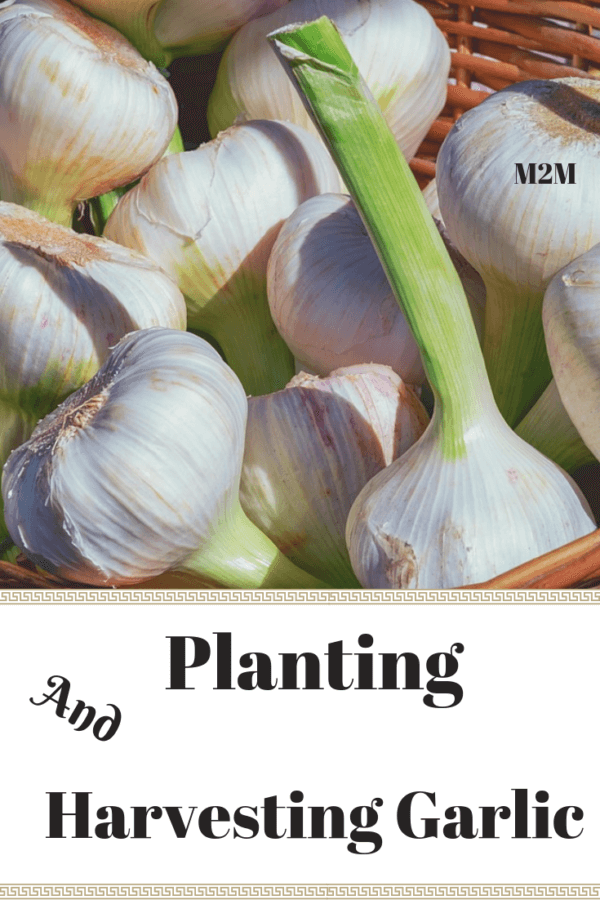
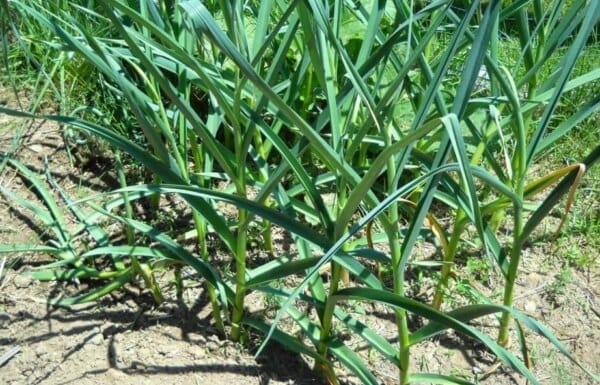
Harvesting garlic was at the top of my list this week. The size of the bulbs were glorious! However, harvesting garlic requires muscle. The roots at the end of a garlic bulb run deep. As a result, you can’t pull the bulbs out as you would an onion. Since this was my first year planting and harvesting garlic, I didn’t realize how much muscle would be required.
To avoid damaging the bulbs, you must remove the dirt until the entire bulb until it is exposed. Once the bulb is exposed, it is easier to get to the bottom of the bulb. First, I used my garden shovel and my hands to remove the dirt around the bulb. Please wear a good pair of gardening gloves to protect your hands and nails. You will be digging!
Next, I place the shovel under the bulb and worked it until the garlic bulb became loose and I was able to pull it out. Nice way to get an upper body work-out, trust me. I recommend lifting weights during the winter so you can be prepared for this job in the summer!
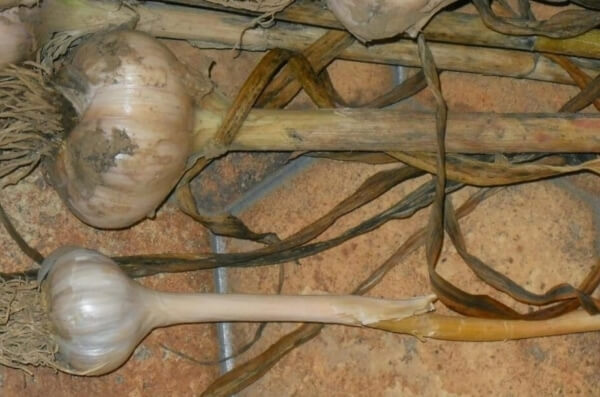
It’s amazing what can happen in 2 – 3 weeks in the garden. Take a look at the picture directly above. I harvested the bulb on the bottom 3 weeks before I harvested the other plants. You can see how much smaller it is than the other cloves, but it cured beautifully. It is actually ready to use.
Some people braid their harvest, but I’m just going to store mine in a garlic bag in a corner on the counter since it’s a small batch. It won’t take me long to use it when I make tomato sauce.
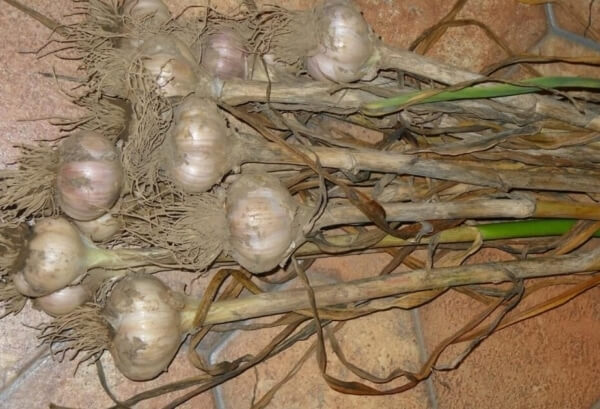
The newly harvested bulbs will cure for 3 – 4 weeks. Once they turn white and achieve a covering like paper on the garlic bulb, I’ll shake off the dirt. I cut off the roots and stem with gardening shears and they’re ready to go. Some gardeners leave their harvest in the garden to cure. But, I brought mine in the house and allowed them to cure in the kitchen. Stay tuned for a post on what it looks like after it has cured. Do you plant garlic? How do you allow your plants to cure?
You may also like What You Should Know Before Growing Garlic.
